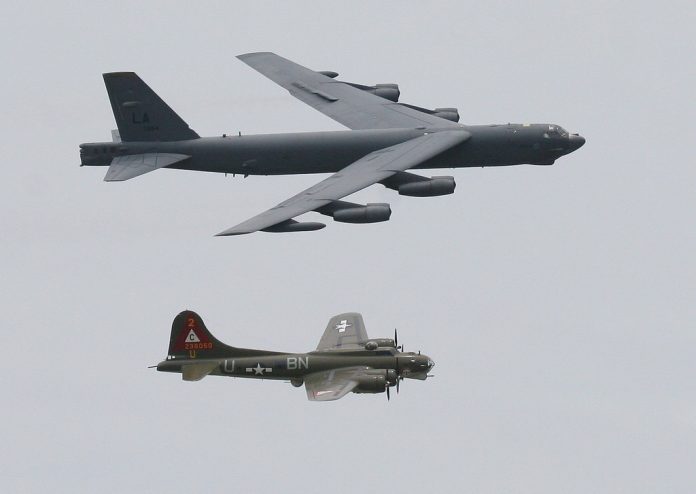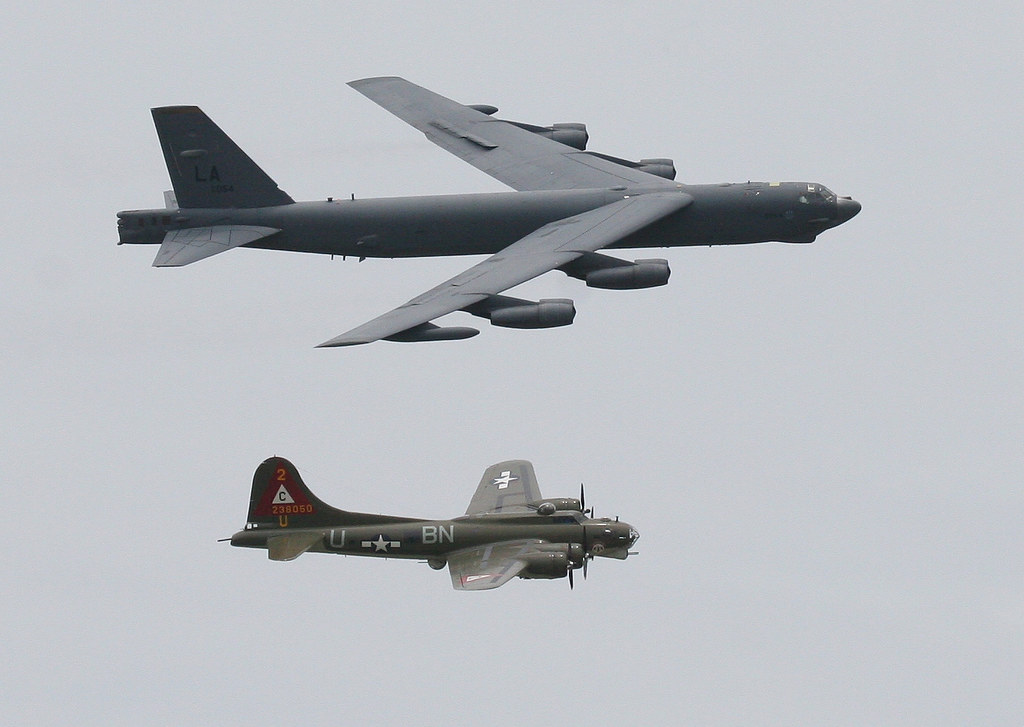
The United States Air Force is embarking on a transformational journey with its venerable B-52 bombers, modernizing the fleet into the B-52J Stratofortress model to extend its service life potentially through 2060.
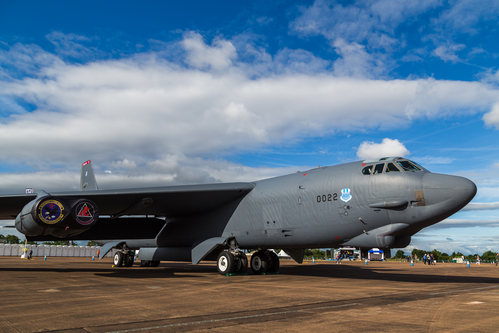
The B-52, a symbol of American airpower for over half a century, is slated to receive extensive upgrades including new Rolls-Royce F130 engines, advanced radar systems, modern avionics, and updated nuclear capabilities.
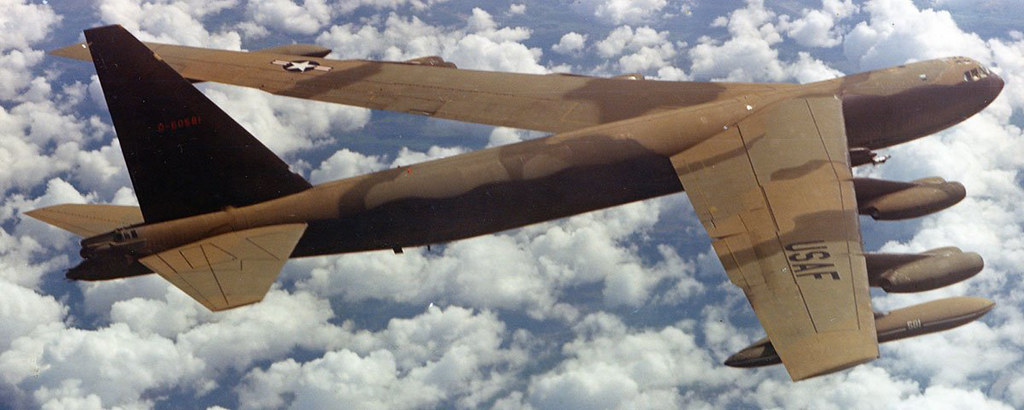
This unprecedented revamp signals a new era for the B-52, transitioning from an old airframe to a significantly updated platform ready to meet the challenges of contemporary warfare.
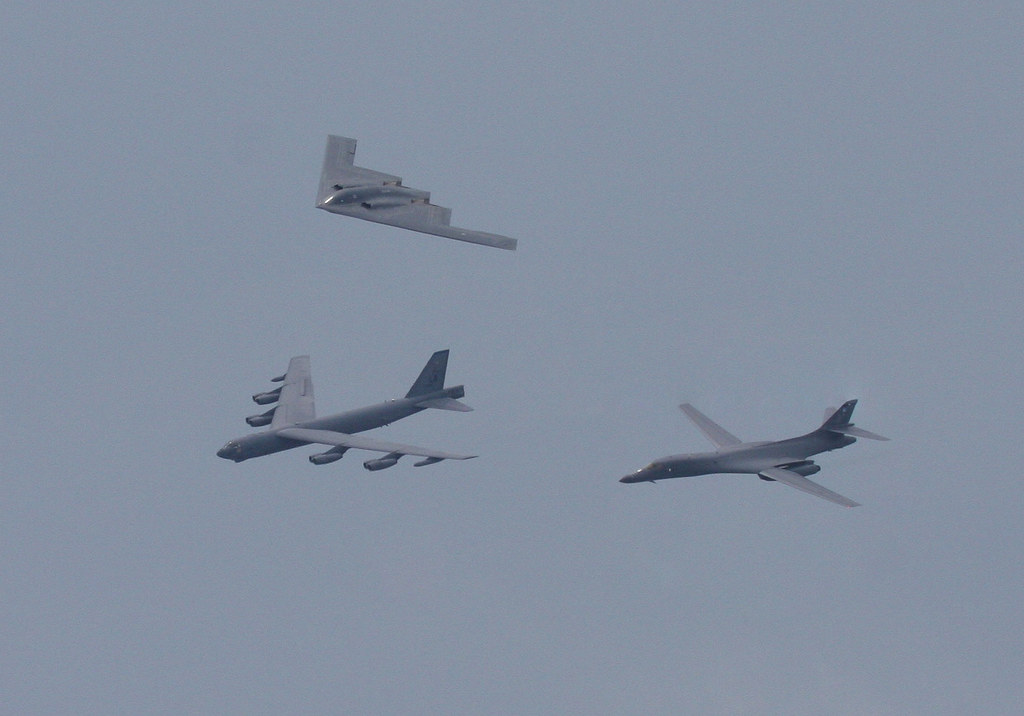
As the Air Force prepares for a dramatic overhaul of its bomber fleet, it’s saying goodbye to the supersonic B-1 Lancer and the stealthy B-2 Spirit, paving the way for the next-generation B-21 Raider and the remodeled B-52J.
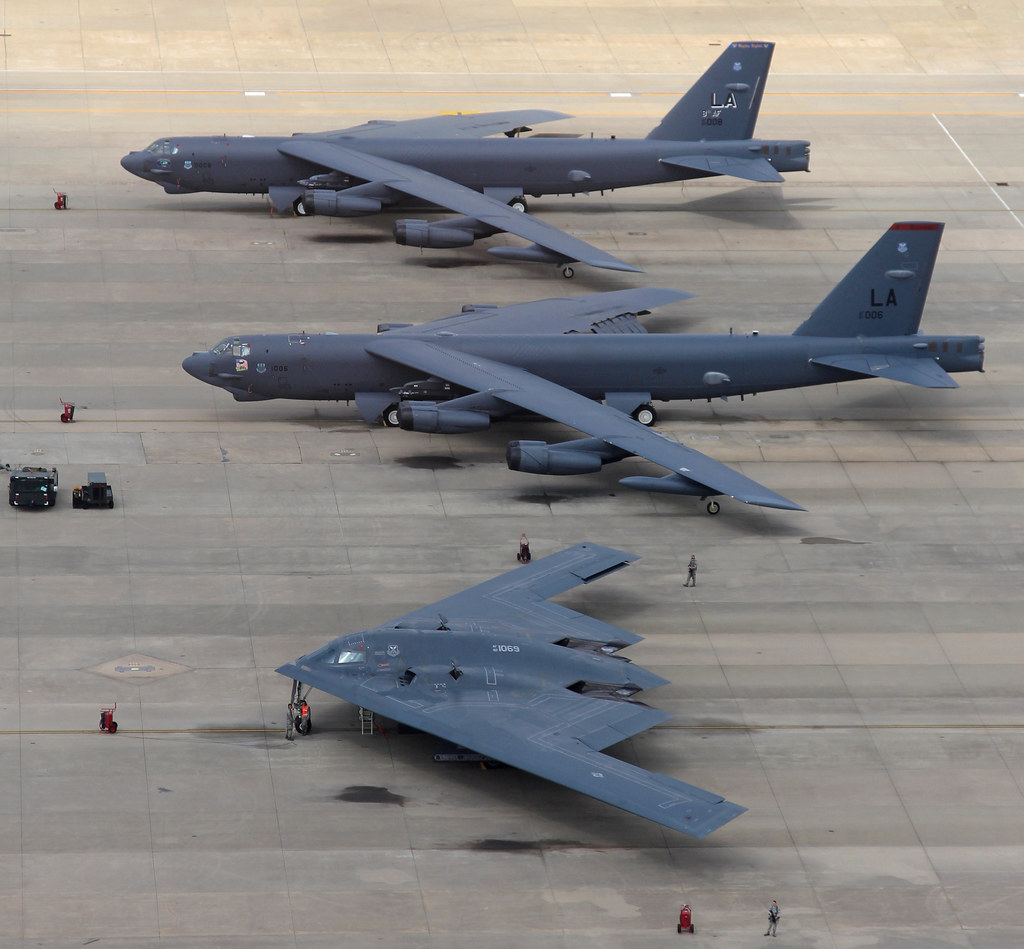
With a retirement of the B-1 and B-2, the B-52 is anticipated to comprise about 40% of the planned bomber force structure.
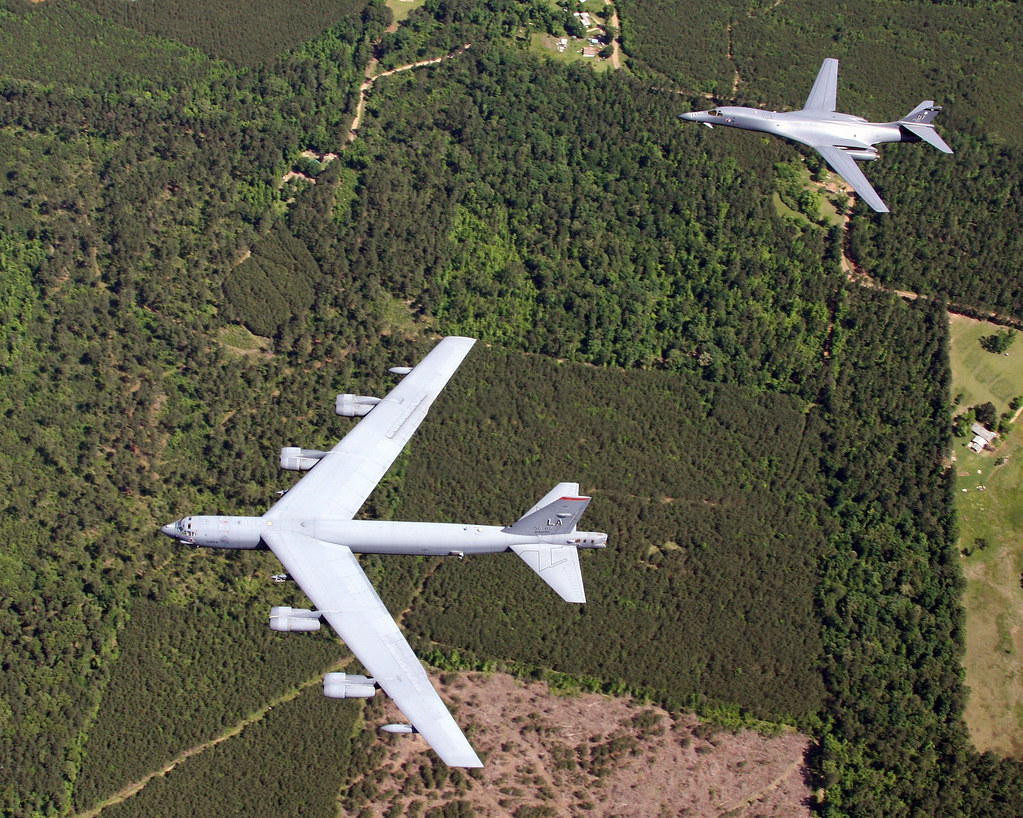
In light of the pending departures, retired Air Force pilot Heather Penney reflected, “We’re asking geriatric B-52s to be that backbone while we’re waiting for the B-21 to be able to come on board.”
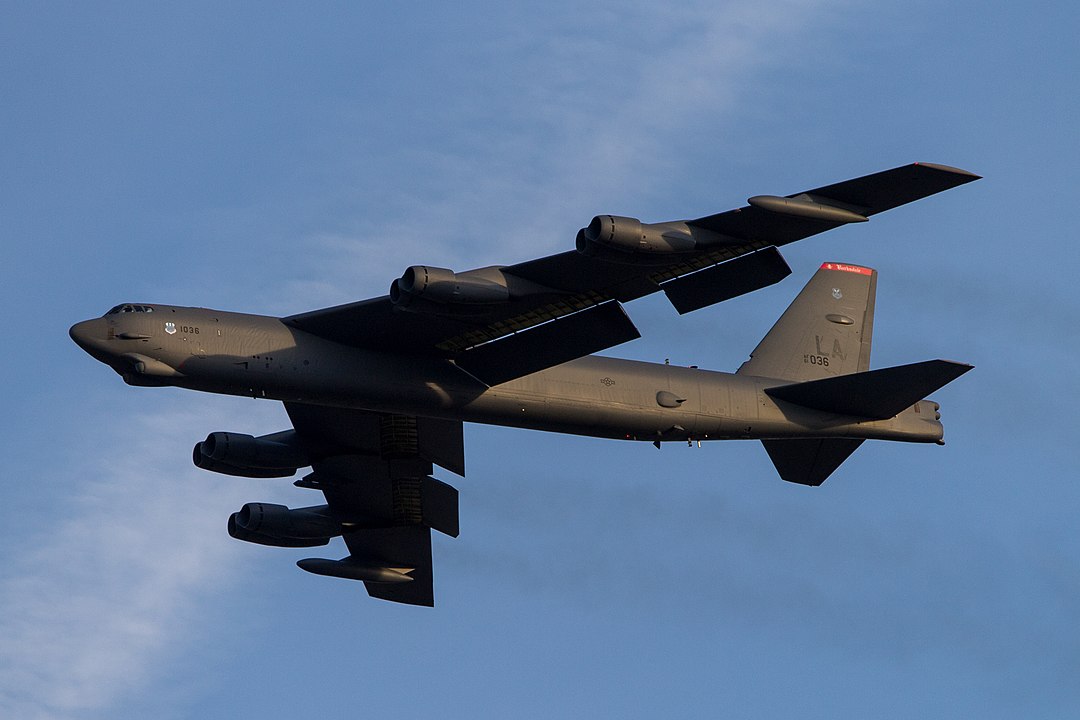
The transition to the B-52J represents a significant investment into the longevity and efficacy of the Stratofortress, with a $2.6 billion allocation for the engine replacement program.
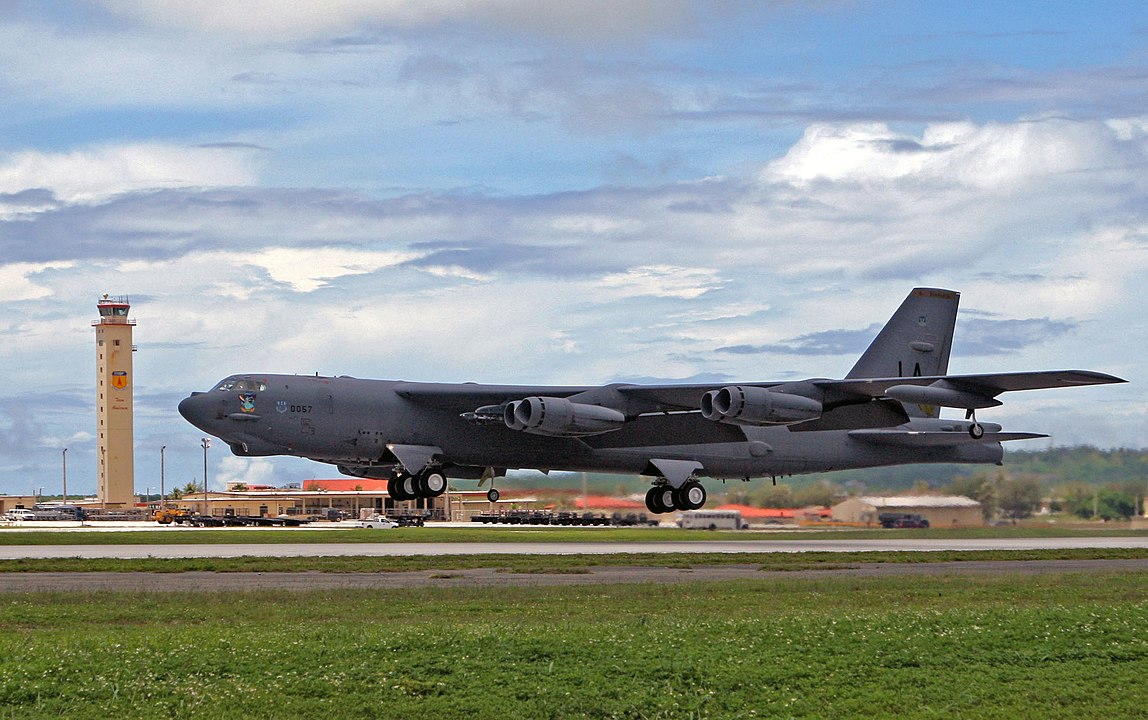
The B-52J will not only sport new engines but will also incorporate a modern radar, improved avionics, the Long Range Standoff weapon for nuclear strikes from a distance, communication upgrades, new digital displays, new wheels, and brakes among other enhancements.
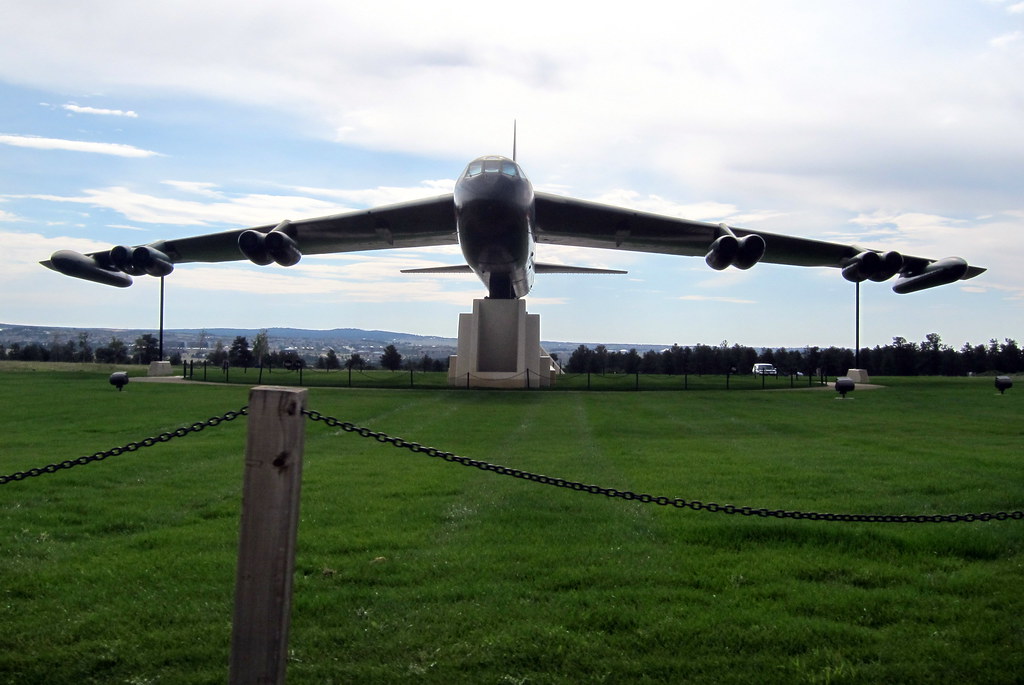
Air Force historian Brian Laslie noted the exceptional lifespan of the B-52, stating, “If there was an airplane that was flying today that was 100 years old, we have to go back to 1924. We’re talking about the Peashooters, JN-3 and JN-4 Jennys. We’re talking about canvas and wire and wooden airplanes. A hundred years ago, we don’t even have enclosed cockpits, retractable landing gear.”
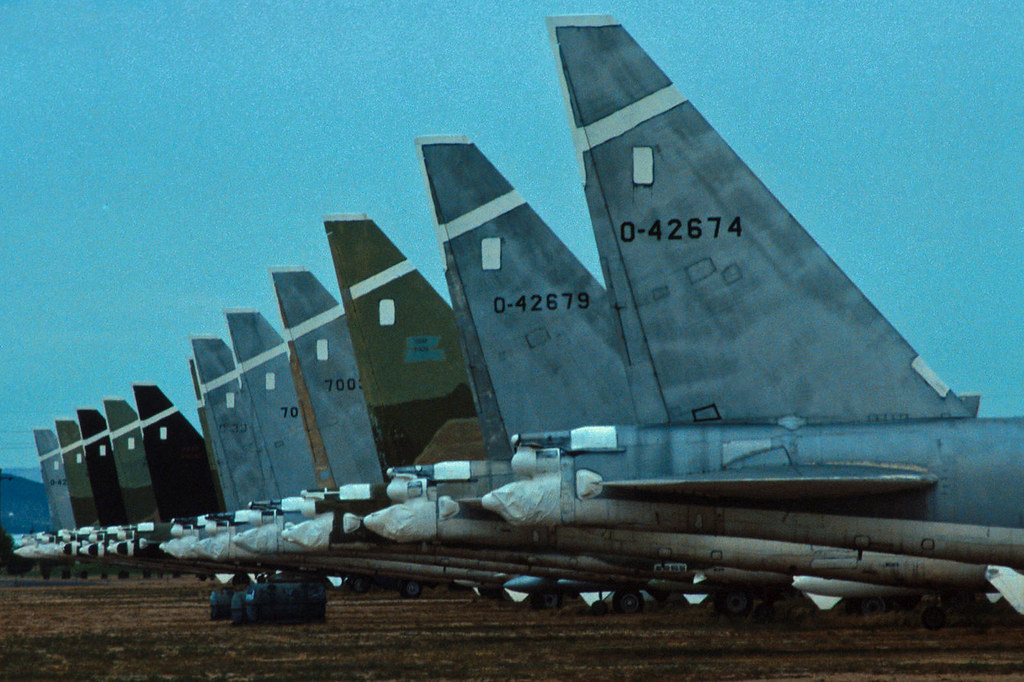
The B-52’s extensive refits have kept the aircraft up to date throughout its service, including an overhaul every four years as described by Colonel Robert Durkin, who once explained, “I would be surprised if there’s an original rivet in any of those airplanes we have out on the ramp. It’s been re-winged. It’s been re-skinned. It’s been re-tailed.”

With 72 B-52H aircraft still in active service as of early 2024, the oldest being dubbed Memphis Belle IV, the upgrades project aims to keep these giants flying for decades to come.
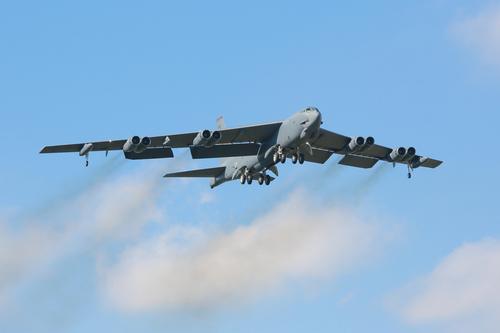
The revamped fleet is expected to introduce the new radar—a variant of Raytheon’s AN/APG-79 used on the Navy’s F/A-18 Super Hornet—and replace the APG-166, ensuring maintainability in face of “vanishing vendor” issues.
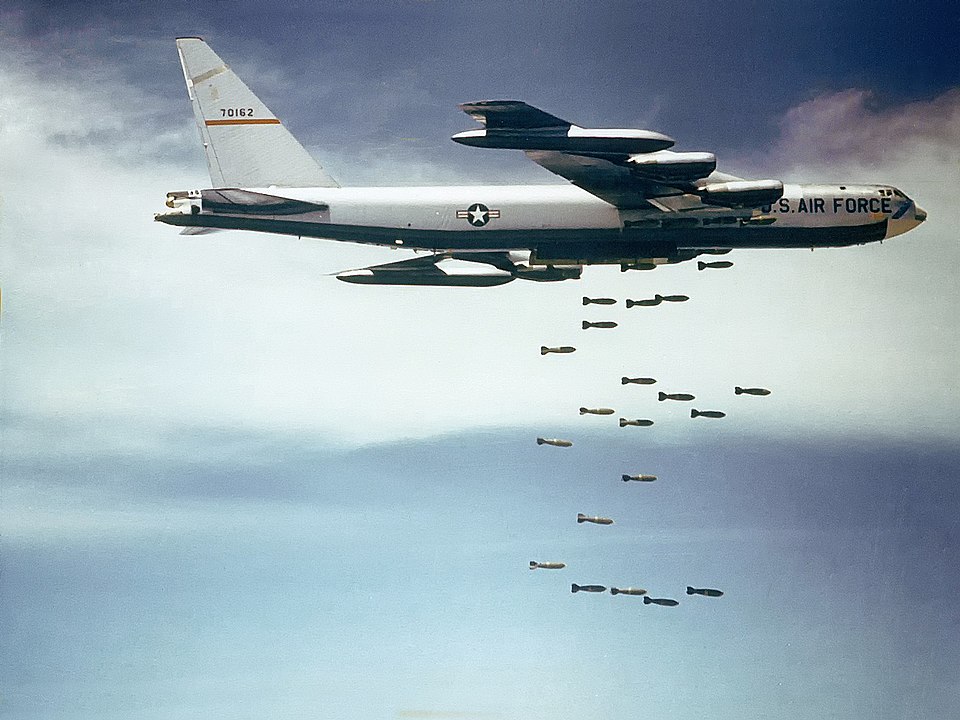
The B-52J will not only serve as a reminder of the past but also a beacon for the future of air combat, with Maj. Gen. Jason Armagost emphasizing, “The B-21 with the B-52J [will be] a very powerful, integrated force,” capable of a wide range of operations and striking an array of enemy targets, possibly armed with the latest hypersonic weapons.
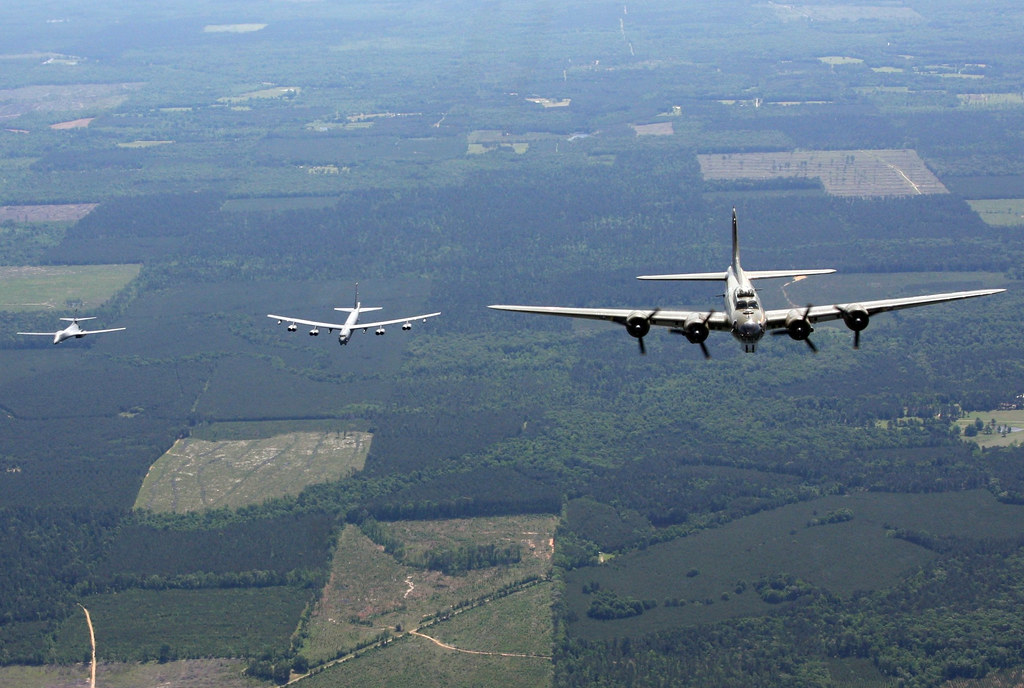
The scope of the B-52J modernization project is indeed unprecedented, promising improved efficiency, range, quieter operation, and more reliability without the dependency on an outdated supply chain for parts.
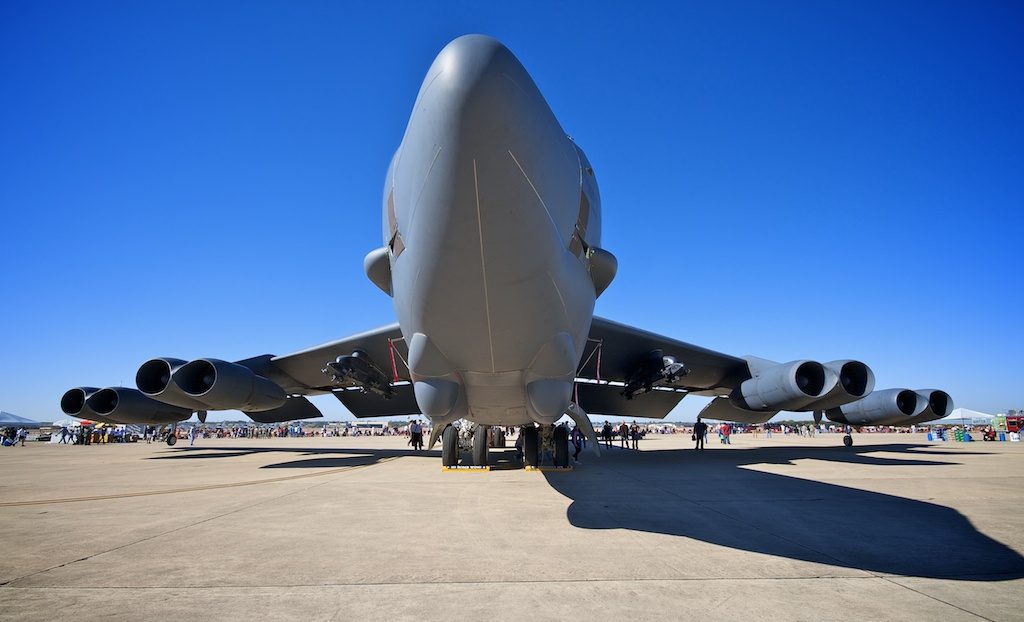
As the B-52 fleet readies itself for another half-century, the military community watches with anticipation and respect for the tireless workhorse of the skies, poised to take on the world’s most advanced adversaries with vintage grit and modern might.
Relevant articles:
– The B-52J Stratofortress Is the U.S. Air Force’s ‘Newest’ Bomber, The National Interest
– What Is The Oldest B-52 Still In Service?, simpleflying.com
– The new B-52: How the Air Force is prepping to fly century-old bombers, Defense News
– It’s Official: The Re-Engined B-52 Will be the B-52J, Air & Space Forces Magazine
